Learn about some of the brilliant artists who have connections to the South Side Community Art Center.
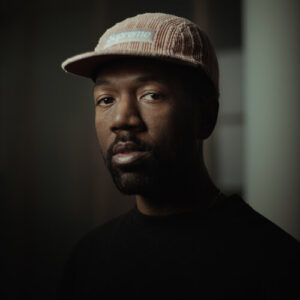
Brandon Breaux
Brandon Breaux is a Fine Artist/Designer working out of Chicago. His creative experience is comprised of painting, sculpture, web, video, print, and interactive projects. Currently, his work contributes to clients marketing efforts, attracting and maintaining consumer loyalty and interest. Widely known as the artist behind all 3 of Chance the Rapper’s iconic album covers, Brandon continues to meet the demands of the evolving market by having a good understanding of what inspires an audience and what moves the culture. His primary goal is to produce creative solutions, with authentic sensibility and an undeniable aesthetic.
Artist Statement
Brandon Breaux is a multidisciplinary Contemporary American Artist based in Chicago, IL. His work focuses on identity and how perspective alters reality. With the overall goal to make the material divine and the divine material, Breaux uses type, image, form and sampling to construct narratives that articulate his visual language.

Cecil McDonald
I am most interested in the intersections of masculinity, familial relations, and the artistic and intellectual pursuits of black culture, particular as this culture intersects with and informs the larger culture. Through photography, video, and dance/performance, I seek to investigate and question the norms and customs that govern our understanding of each other, our families, and the myriad of societal struggles and triumphs. I studied fashion, house music and dance club culture before receiving a MFA in Photography at Columbia College Chicago, where I currently serve as an adjunct professor and a teaching artist at the Center for Community Arts Partnership at Columbia College Chicago.
My work has been exhibited both nationally and internationally, with works in the permanent collection of The Cleveland Museum of Art, Chicago Bank of America LaSalle Collection, and Museum of Contemporary Photography. I was awarded the: Joyce Foundation Midwest Voices & Visions Award, the Artadia Award, The Swiss Benevolent Society, Lucerne, Switzerland Residency and the 3Arts Teaching Artist Award. I participated in Light Work’s Artist-in-Residence program in July 2013. In 2016 the first edition of my monograph In The Company of Black was published and was shortlisted by the Aperture Foundation for the 2017 First PhotoBook Award.
Cecil is currently a SSCAC Artist Catalyst as part of the Public Art & Civic Engagement(PACE) Capacity Building Initiative grant from the Mural Arts Institute, a program of Mural Arts Philadelphia.
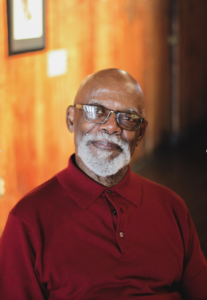
George Crump
George Crump is a Chicago-based native and visual artist. He attended the School of the Art Institute of Chicago, and most recently held a solo exhibition at Faie African Art Gallery.
George developed his focus on the sensual nature of art, aiming to evoke universality and honesty within his practice. So much so, his strong emotional connection to his paintings are open to a variety of rich interpretations that span a wide range of emotions and forms.
In his 2022 exhibition The Underworld, previously here at SSCAC, themes of remembrance and the spirit of determination traversed the scope of Crump’s exhibition as he’s concerned with aspects of universal notions of existentialism, affliction, redemption, and triumph.
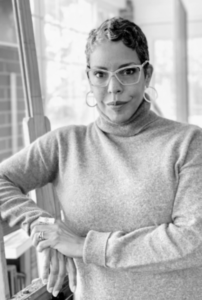
Kyrin Hobson
Kyrin Hobson is a visual artist and independent arts professional dedicated to creating understanding and opportunity among diverse cultures. Her distinctive approach to art making and her commitment to building connections for institutions, audiences and artists define a multifaceted career. Studio work and research interests engage Hobson’s role as a cultural signifier and pragmatic change agent.
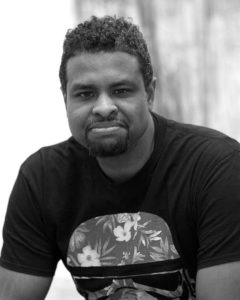
Faheem Majeed
Faheem Majeed (b. 1976) is a Chicago-based artist whose studio practice focuses on investigating, challenging, and highlighting the significance of culturally specific institutions. As its former Executive Director (2007-2011), Chicago’s South Side Community Art Center serves as his primary muse.
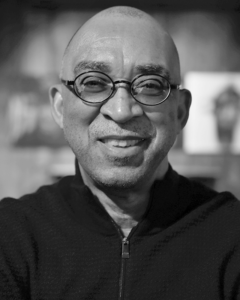
Jesse Howard
Jesse Howard’s work explores the Black American community as more than a singular philosophical concept of a culture, but rather a more diversified community of multifaceted voices through a body of charcoal based works. Howard’s socially concerned work is informed by his own lived experiences growing up on Chicago’s West Side and the collective societal challenges faced by Black Americans today.


